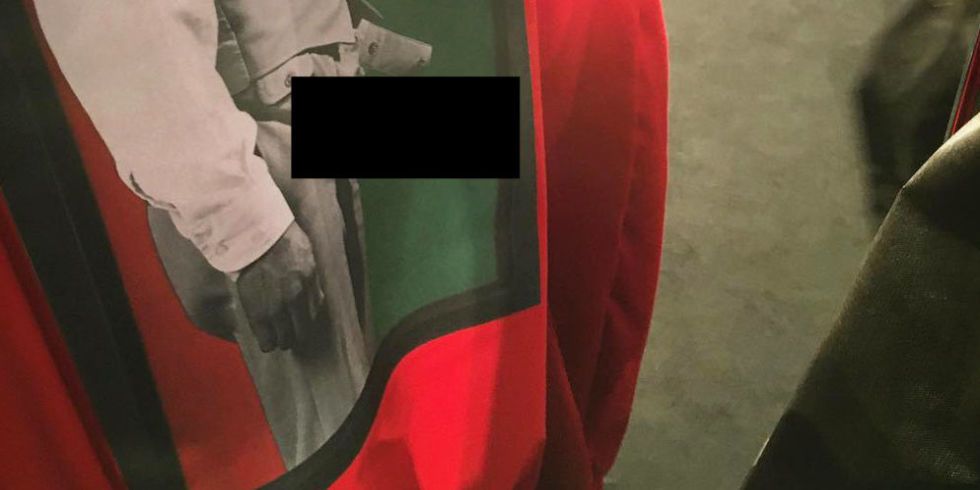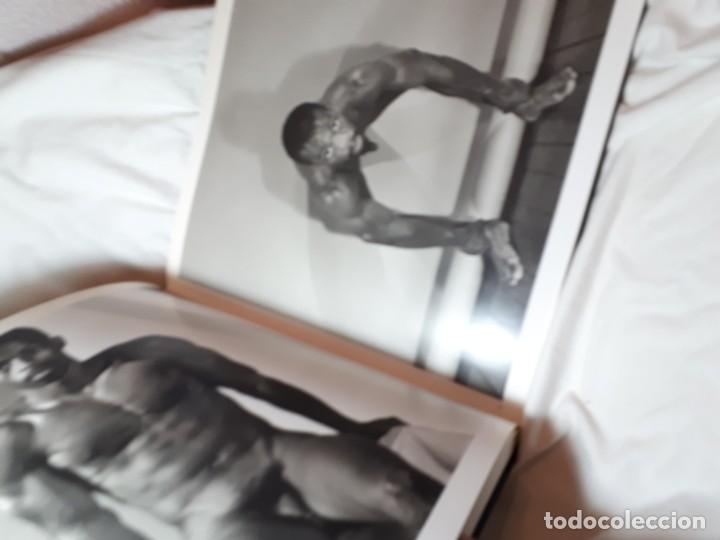

- Robert mapplethorpe black book archive#
- Robert mapplethorpe black book full#
- Robert mapplethorpe black book series#

This volume is an introduction to the intellectual movement known as Postmodernism and its impact on the visual arts. This clear, provocative book engages with the big debates surrounding our responses to art and is an invaluable introduction to anyone interested in thinking about art. Freeland also propels us into the future by surveying cutting-edge web sites, along with the latest research on the brain's role in perceiving art. She discusses blood, beauty, culture, money, museums, sex, and politics, clarifying contemporary and historical accounts of the nature, function, and interpretation of the arts. In this book, Cynthia Freeland explains why innovation and controversy are valued in the arts, weaving together philosophy and art theory with many fascinating examples. In today's art world many strange, even shocking, things qualify as art. Paul Getty Museum and at the Los Angeles County Museum of Art from March 15 and March 20, respectively, through Jat the Musée des Beaux-Arts de Montréal from September 10, 2016, through Januand at the Art Gallery of New South Wales, Sydney, from October 28, 2017, through February 4, 2018. This publication is issued on the occasion of the exhibition Robert Mapplethorpe: The Perfect Mediumon view at both the J. All of these beautifully integrated elements contribute to what promises to become an essential point of access to Mapplethorpe’s work and practice. The result is a fascinating introduction to Mapplethorpe’s career and legacy, accompanied by a rich selection of illustrations covering the remarkable range of his photographic work.
Robert mapplethorpe black book archive#
Paul Getty Museum and the Los Angeles County Museum of Art from The Robert Mapplethorpe Foundation, as well as the Mapplethorpe Archive housed at the Getty Research Institute, the authors were given the unique opportunity to explore new resources and present fresh perspectives. Drawing from the extraordinary collection jointly acquired in 2011 by the J. Robert Mapplethorpe: The Photographs offers a timely and rewarding examination of his oeuvre and influence. Mapplethorpe, one of the most influential figures of his time, today stands as an example to emerging photographers who continue to experiment with the boundaries and concepts of the beautiful. The legacy of Robert Mapplethorpe (1946 –1989) is rich and complicated, triggering controversy, polarizing critics, and providing inspiration for many artists who followed him.
Robert mapplethorpe black book series#
What I discovered wasn’t one “Perfect Moment” but a series of moments-some pure, some blemished, but all emblematic of the paradoxical times in which he lived.”-Patricia Morrisroe, from the Introduction NOTE: This edition does not include photographs. Their stories helped animate his pictures and bring his visual diary to life. “Eventually I found several hundred people who knew Robert Mapplethorpe in all his various incarnations-Catholic schoolboy ROTC cadet hippie sexual explorer celebrated artist and famous AIDS victim.
Robert mapplethorpe black book full#
With Robert Mapplethorpe's full endorsement and encouragement, Morrisroe interviewed more than three hundred friends, lovers, family members, and critics to form this definitive biography of America's most censored and celebrated photographer. We only index and link to content provided by other sites. The form of the calla lily, for example, suggests both male and female sexuality with its rigid pistil and voluptuous petal, respectively.Disclaimer: This site does not store any files on its server. Mapplethorpe’s flowers are not as well-known as his more controversial subjects however, they are often thought to be erotic. In this image, Mapplethorpe’s close cropping allows the lily to dominate the picture plane, dividing it both horizontally and vertically, and creates a stark juxtaposition of white and black tonalities. (He commented in an interview, "I don't love flowers and I don't like having them," going on to explain that this was because he did not want to be responsible for their inevitable death). Here, Mapplethorpe isolates, lights, and crops the lily to emphasize its paradoxical combination of strength and ephemerality. Like his portraits, these images reflect his fascination with physical beauty and flaunt his technical facility in representing it. Robert Mapplethorpe's Calla Lily is part of a series of flower photographs taken by the artist throughout his career.


 0 kommentar(er)
0 kommentar(er)
